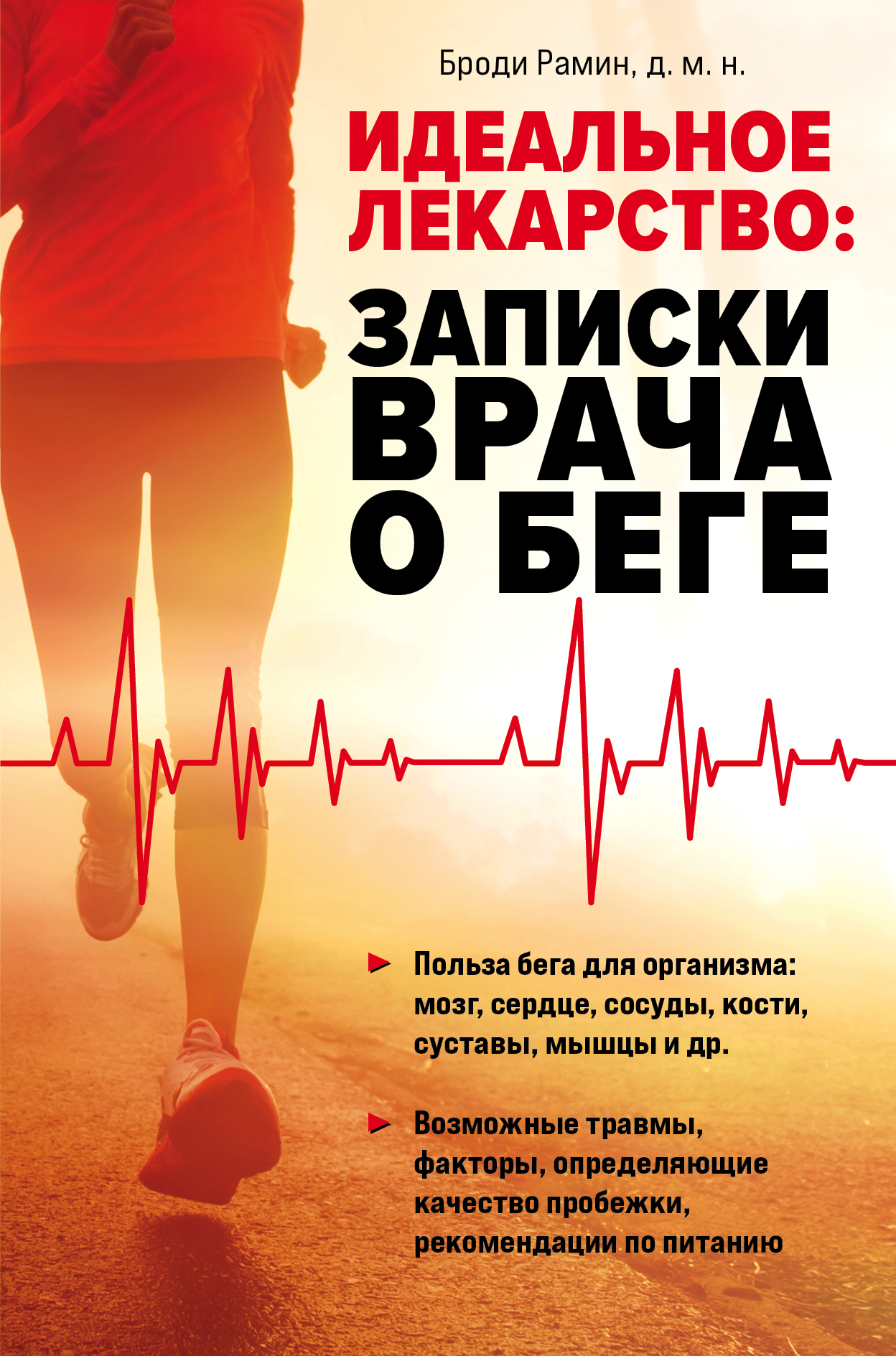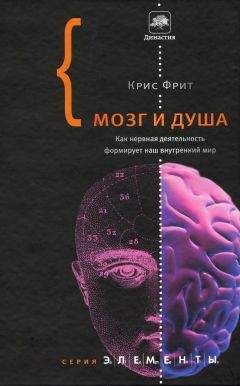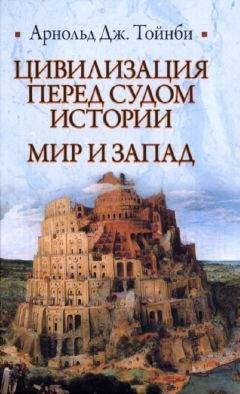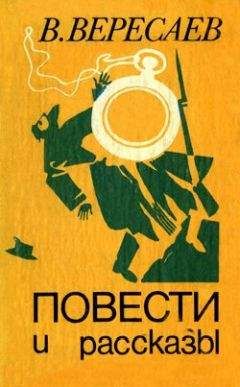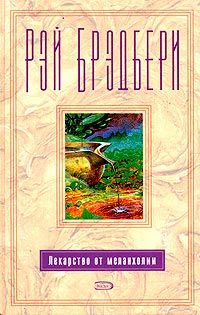Я свернул с моста на узкую дорожку вдоль канала, чувствуя себя беспредельно живым. Наледь мерцала на коре кленов. Я вдыхал запах зимы. Я почти дома. Я буду продолжать бегать, в этом году, в следующем. Буду бежать все дальше и дальше. Бежать с открытыми глазами, протягивая руку, делясь своим опытом, держа за руки детей, семью, друзей, чувствуя дождь.
Ссылки
ИСТОЧНИКИ, ИСПОЛЬЗОВАННЫЕ В 1-й ГЛАВЕ
[1] Callahan, L. R., Overview of Running Injuries of the Lower Extremity, UTDOL, 2016.
[2] Lieberman, D. E., and Bramble, D. M. The Evolution of Marathon Running Capabilities in Humans, Sports Medicine 37, nos. 4–5 (2007): 288–90.
[3] Lieberman and Bramble, 288.
[4] Tattersall, I. Masters of the Planet: The Search for Our Human Origins (New York: Palgrave Macmillan, 2012), 43.
[5] Lieberman, D. E., Is Exercise Really Medicine? An Evolutionary Perspective, Current Sports Medicine Reports, 14, no. 4 (July – August 2015): 313–19.
[6] Lieberman and Bramble, 289.
[7] Tattersall, 28.
[8] Tattersall, 29.
[9] Lieberman, D. E., The Story of the Human Body: Evolution, Health, and Disease (New York: Vintage Books, 2013), 36.
[10] Tattersall, 33.
[11] Tuttle, H. R. Human Evolution, Encyclopedia Britannica, posted February 3, 2020,
[12] http:/britannica.com/science/human-evolution.
[13] Tuttle, Human Evolution.
[14] Lieberman, 68.
[15] Tattersall, 49.
[15] Tattersall, 36.
[17] Tattersall, 37.
[18] Tattersall, 91.
[19] Tattersall, 91.
[20] Tattersall, 94.
[21] Mattson M. P., Evolutionary Aspects of Human Exercise – Born to Run Purposefully, Ageing Research Reviews, 11, no. 3 (July 2012): 347–52. 21 Lieberman and Bramble, 289.
[22] Lieberman and Bramble, 289.
[23] Noakes, T., and Spedding, M. Olympics: Run for Your Life, Nature, 487 (July 19, 2012): 295–96.
[24] Lieberman, 97.
[25] Lieberman, 84.
[26] Lieberman, 85.
[27] Lieberman and Bramble, 289.
[28] Lieberman and Bramble, 289.
[29] Noakes and Spedding, 296.
[30] Lieberman D., Human Locomotion and Heat Loss: An Evolutionary Perspective, Comparative Physiology, 5, no. 1 (January 2015): 99–117.
[31] Lieberman, 85.
[32] Lieberman and Bramble, 345.
[33] Noakes and Spedding, 296.
[34] Lieberman, 81
[35] Lieberman, 84.
[36] Lieberman, 111.
[37] Mattson, 348.
[38] Mattson, 349.
[39] Robson, D. A. Brief History of the Brain, New Scientist (September 21, 2011), newscientist.com/article/mg21128311-800-a-brief-history-of-thebrain/.
[40] Noakes and Spedding, 296.
[41] National Geographic Society, Global Human Journey, video, nationalgeographic.org/media/global-human-journey/.
[42] Eaton, S. B. An Evolutionary Perspective on Human Physical Activity: Implications for Health, Comparative Biochemistry and Physiology 136 (2003): 153–59.
[43] Lieberman, 259.
[44] Kirchengast, l. Physical Inactivity from the Viewpoint of Evolutionary Medicine, Sports 20, no. 2 (2014): 34–50.
[45] Eaton, S. B., Shostack, M., and Konne, M. The Paleolithic Prescription: A Program of Diet & Exercise and a Design for Living (New York: Harper & Row, 1988).
[46] Eaton, 157.
[47] Kirchengast, 41.
[48] Kirchengast, 41.
[49] Kirchengast, 42.
[50] Eaton, 157.
[51] Eaton, 156.
[52] Kirchengast, 42.
[53] In Thor Gotaas, Running: A Global History, trans. Peter Graves (Chicago: University of Chicago Press, 2009), 85.
Reynolds, G. The First 20 Minutes: Surprising Science Reveals How We Can Exercise Better, Train Smarter, Live Longer, (New York: Plume, 2013).
[54] Booth, F. W., and Lees, S. J. Fundamental Questions About Genes, Inactivity and Chronic Diseases, Physiological Genomics 28 (2007): 146–57.
[55] Booth and Lees, 146.
[56] In Booth and Lees, 146.
[57] Murray, A., and Costa, R. J. S. Born to Run. Studying the Limits of Human Performance, BMC Medicine 10 (2012): 76.
[58] Booth and Lees, 146.
[59] Reynolds, 250.
[60] Chau, Y., et al., Daily Sitting Time and All-Cause Mortality: A MetaAnalysis. PLoS One 8, no. 11 (2013): e8000.
[61] Chau et al., 12.
[62] Booth and Lees, 150.
[63] Lieberman, 118.
[64] Lieberman, 117.
[65] Lieberman, 118.
ИСТОЧНИКИ, ИСПОЛЬЗОВАННЫЕ ВО 2-й ГЛАВЕ
[1] Reynolds, 101.
[2] Rowe, G. C. et al., Running Forward: New Frontiers in Endurance Exercise Biology, Circulation 129, no. 7 (February 18, 2014): 798–810.
[3] Bassett, D. R., Edward, J. R., and Howley, T. Limiting Factors for Maximum Oxygen Uptake and Determinants of Endurance Performance, Medicine & Science in Sports & Exercise 32, no. 1 (January 2000): 70.
[4] Systrom, D., and Lewis, G., Exercise Physiology, UTDOL 2014, accessed June 8, 2016.
[5] Systrom and Lewis.
[6] Systrom and Lewis.
[7] Rowe et al., 802.
[8] Mattson, 349.
[9] Rowe et al., 802.
ИСТОЧНИКИ, ИСПОЛЬЗОВАННЫЕ В 3-й ГЛАВЕ
